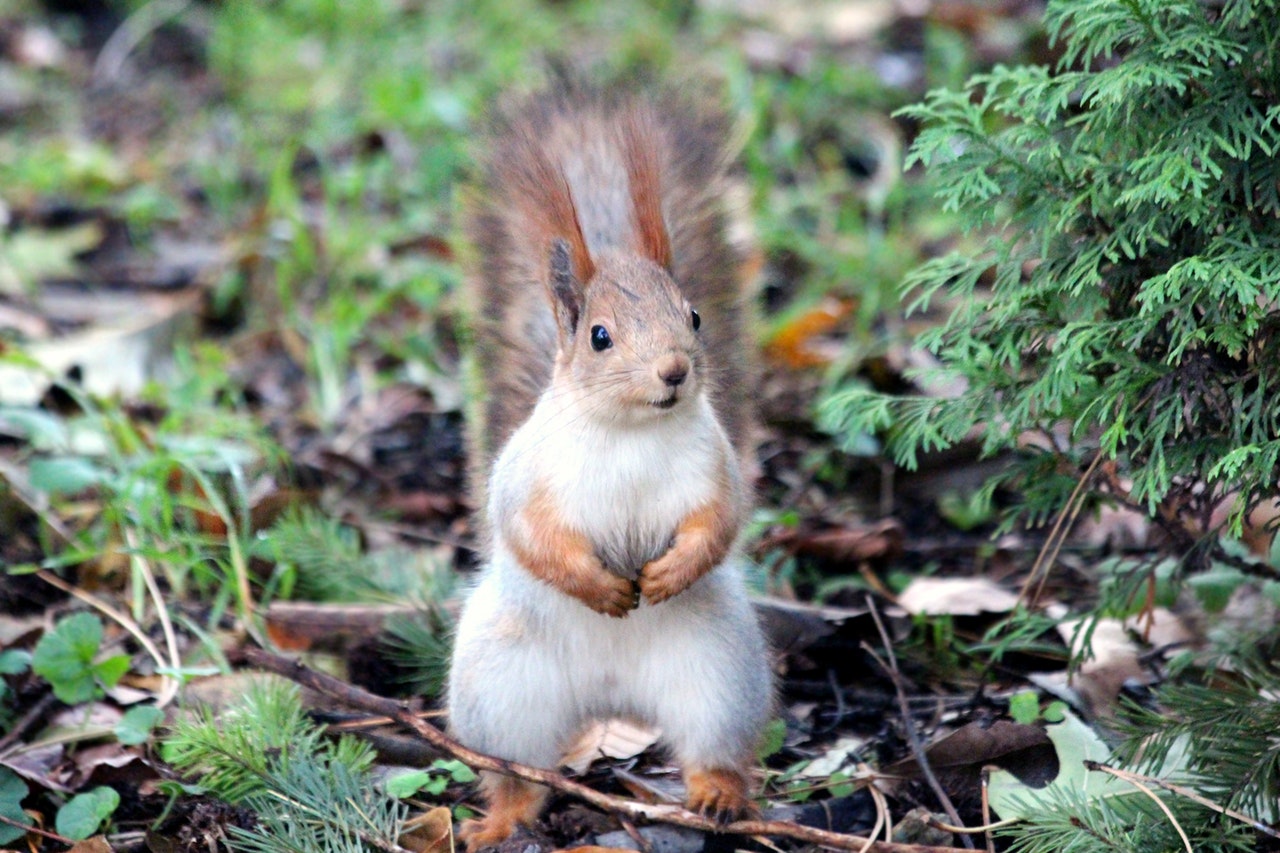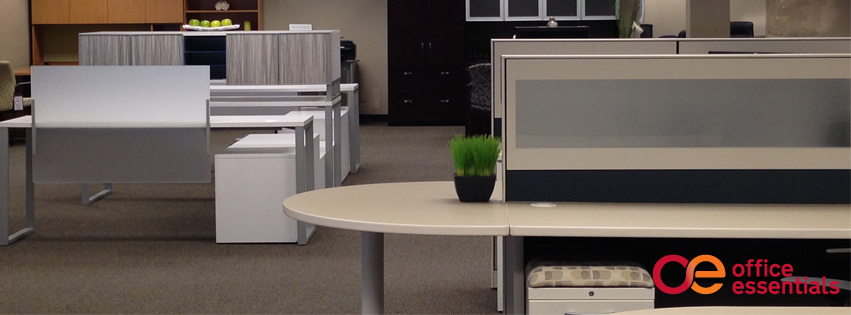We have a joke in my office between my coworkers and me. As we collaborate on a project, one of us (hint: it’s always me) tends to wander off task. After a few minutes, a single word calls back our attention:
“SQUIRREL!”
We refocus, we laugh at how far we’ve managed to get away from our original project and then we get back to business.
As it turns out, our game of “Squirrel” is a sign that we need a dang break. (And also, that I’m a little nuts.)
Since everyone is always saying “squirrel”, I dug into some productivity research. As it turns out, research has shown that without any downtime to refresh and recharge, we’re less efficient, make more mistakes, and get less engaged with what we’re doing.”
The is the theory behind productivity methods like the Pomodoro Technique, which stipulates that in order to increase productivity we should work in a rhythm that oscillates between spending and renewing our energy. In other words, work for a while, and then take a meaningful break where we distract our minds completely.
While this seems counterintuitive to the American workforce, some of the highest performing work environments have learned the best productivity comes from a balance between bursts of focus followed by a small break.
Over my years in sales, I’ve watched some very smart people attempt to “cut costs” and “improve the bottom line” by ordering fewer paperclips and re-evaluating their furniture needs. But let’s be honest–you can only go so long without toner. This is not a reasonable savings plan in the long run, and it’s just not the kind of savings anyone expects.
In all actuality, those very smart people would be better off to encourage their employees to take a break. Increases in productivity = increases in revenue.
Luckily, here at Office Essentials, we are ALL things essential for the office.
Introducing the Squirrel Break Productivity Method.
I’ve adapted my research into a productivity method I’ve created called The Squirrel Break. The idea is simple: work uninterrupted for 52 minutes, followed by a 17-minute break. And yes, these numbers are rooted in science and designed to help achieve peak performance. After a burst of work, followed by a short distraction, adherents to the method will be mentally refreshed and able to focus.
This month my coworker Greg Bussmann and I are going to try it out and report back on how we did. Did it help us master our work projects? Would we tweak the system somehow? Are there any other adjustments we would make? Did we simply become too productive?
How do we know this is going to be effective? We don’t. BUT we’re going to test it out and come back at the end of the month with a recap so we can keep ourselves honest and accountable — and productive!
Maybe you’d like to try out the Squirrel Break method for yourself. Either way, check back later this month to see how it’s going and feel free to leave us any suggestions you might have for taking a quick break away from your tasks at hand.



